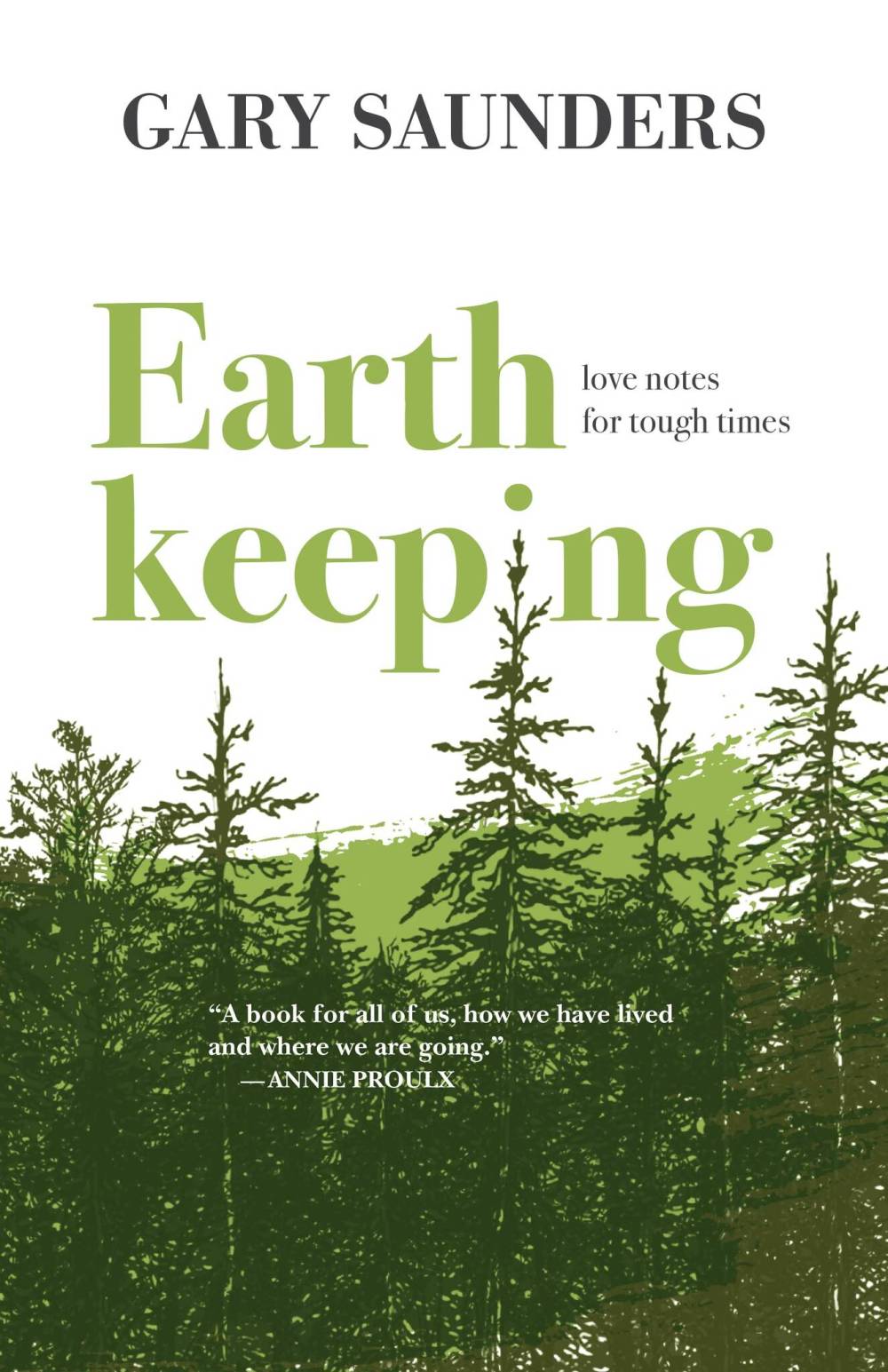Maritimer muses on life, nature
Advertisement
Read this article for free:
or
Already have an account? Log in here »
To continue reading, please subscribe:
Monthly Digital Subscription
$0 for the first 4 weeks*
- Enjoy unlimited reading on winnipegfreepress.com
- Read the E-Edition, our digital replica newspaper
- Access News Break, our award-winning app
- Play interactive puzzles
*No charge for 4 weeks then price increases to the regular rate of $19.00 plus GST every four weeks. Offer available to new and qualified returning subscribers only. Cancel any time.
Monthly Digital Subscription
$4.75/week*
- Enjoy unlimited reading on winnipegfreepress.com
- Read the E-Edition, our digital replica newspaper
- Access News Break, our award-winning app
- Play interactive puzzles
*Billed as $19 plus GST every four weeks. Cancel any time.
To continue reading, please subscribe:
Add Free Press access to your Brandon Sun subscription for only an additional
$1 for the first 4 weeks*
*Your next subscription payment will increase by $1.00 and you will be charged $16.99 plus GST for four weeks. After four weeks, your payment will increase to $23.99 plus GST every four weeks.
Read unlimited articles for free today:
or
Already have an account? Log in here »
Hey there, time traveller!
This article was published 24/12/2022 (1069 days ago), so information in it may no longer be current.
That first word in the title of Gary Saunders’ latest book, Earthkeeping: Love Notes for Tough Times, makes him sound like a campaigning environmentalist. Don’t be deceived. There’s only one chapter — out of 55 — where he dons that mantle.
Saunders is a painter and writer who spent his entire professional career in the forestry service in the Maritimes. His 11 previous books include Alder Music, the award-winning My Life With Trees and a couple of children’s books. He’s an invested observer and chronicler of nature — not an outright campaigner.
Earthkeeping is composed of homespun reminisces about Saunders’ personal encounters with wildlife and his experiences around his farmstead in rural Nova Scotia. They range in size from 1 1/2 to seven or so pages. Some of them are very slight (and could have been edited out), some are quite touching, some are dramatic, some are amusing. All of them are told in an easygoing style that is straightforward and untaxing.

Earthkeeping
Pieces were originally published in local Maritime magazines and journals (such as Truro News, Newfoundland Quarterly and Rural Delivery) over the past 25 years, but are not arranged chronologically. Instead, they’re set into eight sections with titles such as The Rural Life (Part One), Wild Kin (Part Three) and Householding (Part Six).
Saunders’ stories about wildlife run the gamut from spiders and mayflies to frogs and capelin, from coyotes to woodchucks and a feral cat. In these stories, he usually starts with a personal encounter and then brings in background information to give the stories some heft.
In the story titled Turtle Tale, for instance, Saunders recounts the time he picked up a snapping turtle at the side of a busy highway and transported it to the opposite side so that the slow-moving amphibian wouldn’t get run over. He almost got bitten. A turtle expert then tells him that it was probably a female searching for a good place to nest. He then adds information on the number of eggs laid (up to 30), incubation time (four to five months), etc. It’s a neat, compact educational package.
The story about capelin begins with Saunders’ oceanside encounter with them, presented rather poetically: “Waves slide up the strand, applaud softly, and retire with a sigh. Suddenly, a frisson of quicksilver sweeps the beach like wind over grass. Wave after wave deposits hundreds of wriggling fish…”
He then goes on to show why the capelin is a linchpin species in the North Atlantic Ocean.
The farmstead stories are mostly about the chores he has to do on his old house such as painting, window replacements and foundation repairs; they usually provide some relevant histories of the area and useful housekeeping advice.
In Getting to Know You, Old House Saunders learns all about his house by painting the outside by seasons, starting with the south walls, then west (“all that afternoon sun”), east and north. He provides a history of house-painting — no paint, white-wash, oxblood (“made of buttermilk and bulls’ blood — truly organic, a drinkable paint”) and today’s oils. He concludes with tips on paint, wood surfaces and applicators.
Saunders’ most emotional section of Earthkeeping is reserved for the end. Here he provides tributes to the influential people in his life: a wildlife biologist, a “logscraper” who planted a pine tree whose mature wood was used for his coffin, his grandmother, two artists who inspired him and his boss. They are each touching, heart-warming accounts.
Earthkeeping is probably best read in bits and pieces — as bedside or commode-side reading. It’s not of the calibre of Thoreau, but it will certainly charm you with its gentle, anecdotal style.
Gene Walz is the author of Happiness Is a Rare Bird: Living the Birding Life.


